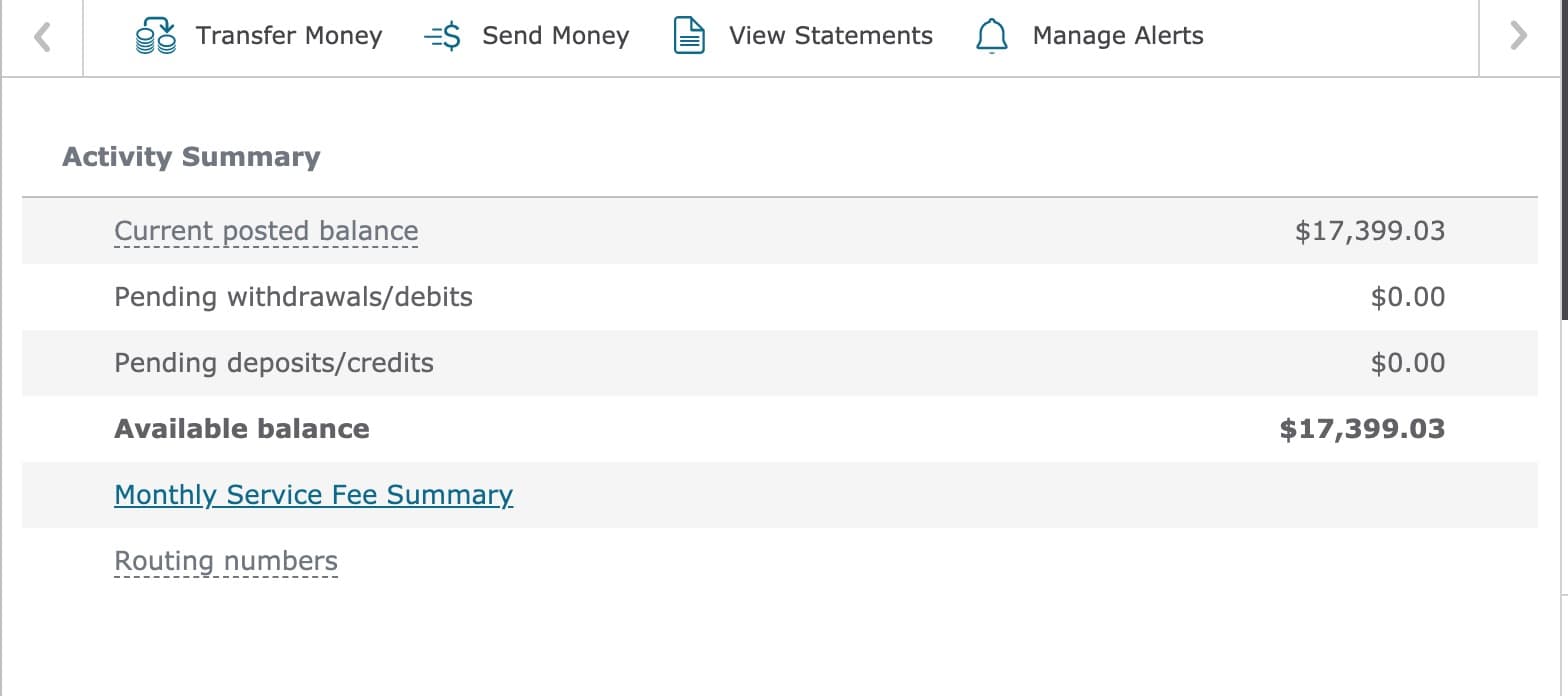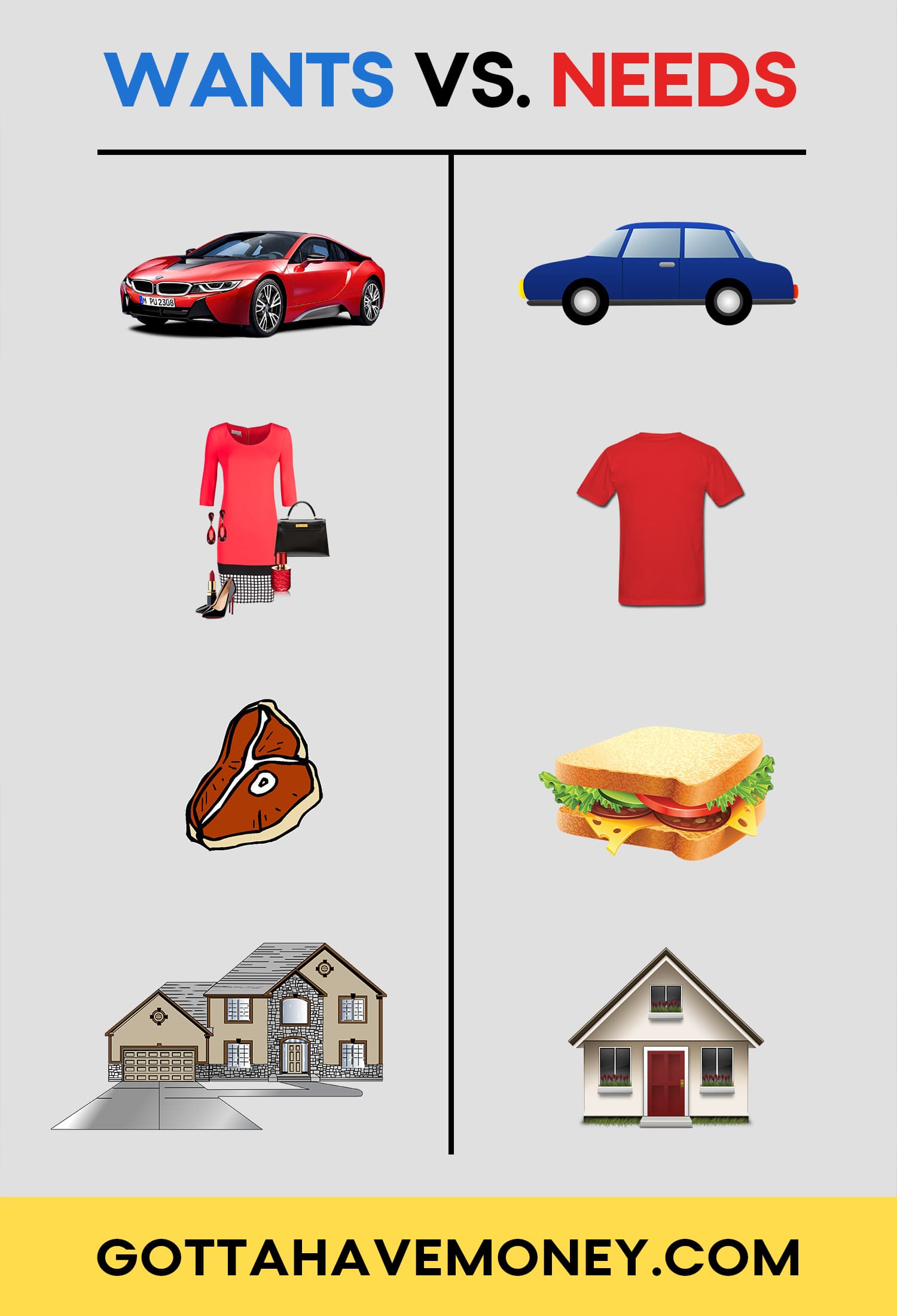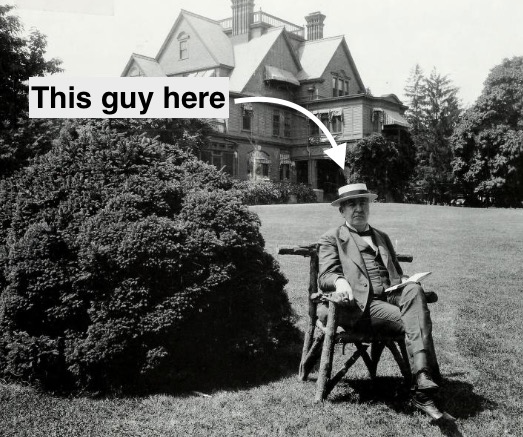Key Points
- Here is the proven blueprint for how you can save money quickly and efficiently.
- Saving money is more about having the right mindset than anything else.
- You don’t need to make a lot of money to start saving. Figure out what is a want and a need in your life, and begin removing the wants.
My wife Courtney and I saved $17,399 in just under three months.
In fact, this is not the first time we managed to save such a comfortable amount of money.
At the beginning of 2019, we saved $30,000 in about eight months. We used a good portion of that as a down payment on our new home. And if we could do this, you can too.

So, how did we do it? How are we able to save money so fast?
When you learn the secret here in a moment, you’ll be shocked. Because the secret is so obvious, and yet so many people are completely missing it.
I’ll tell you something that’s not a secret—if you follow the steps I’ve outlined in this article, you will without a doubt save a lot of money. You can’t not.
But the secret? It’s so obvious and yet so many people are completely missing it. Without further ado, here is how we saved $17,399 in less than three months.
How We Saved $17,399 in Less Than 3 Months
1. Change your mindset
If you’ve read other “save money fast” articles on the internet, they will have you believe that saving money starts with setting up a budget. Or perhaps using some fancy automation to automatically save your money.
The problem with these techniques is that they are only temporary solutions. They will not fix the root cause, which starts with your thinking. When it comes to saving money, your mindset is everything.
You can have all the good intentions, ambition, fancy saving tools, and budgeting apps, but if your mindset isn’t right, then the odds are significantly stacked against you.
My experience with having the wrong mindset
About 3 years ago, Courtney and I were in a tight spot in life. We were living paycheck to paycheck and didn’t have a single penny in our savings.
To make matters worse, Courtney wasn’t working at the time, and I quit my full-time job (our only source of income) to pursue my new self-proclaimed career as a high-speed stock market day trader.
I had zero experience in the stock market and in less than a month of day trading, I got us into debt $3,000.
I was funding my stock trading account using a credit card (sooooo smart of me). Not sure if you know this but you do have to pay back the money you spend on a credit card.
So here we are—$3,000 in credit card debt, both without jobs, no sources of income, $0 in our savings, and rent due in a few weeks.
This is clear evidence that we had the wrong mindset.
Why your mindset is important
Here’s the deal. If you have the wrong mindset about saving money, then it’s like trying to open the door to your house with your car key—it won’t work.
Your mindset is the starting point for everything that happens in your life, good or bad.
When it comes to saving money, you have to begin thinking in terms of long-term pleasure instead of short-term gratification.
Short-term gratification will have you spending money every time you turn your head (especially while shopping in Target).
Long-term pleasure will force you to think in terms of what’s best for my future self.
Is spending every dollar that I have in the present going to benefit me in the future? I can tell you that the answer is a definite no.
How to change your mindset
It starts with one simple question: why do I want to save money?
When Courtney and I were struggling financially a few years ago, it was because we didn’t have a strong enough why.
That could sound silly since we had bills to pay, but you likely also have bills to pay and that hasn’t been reason enough to keep you committed to saving money, has it?
Your why has to be something that genuinely motivates you.
Have you ever watched a game of football where there was no end zone to score a touchdown on? How about a game of basketball where there was no hoop?
It sounds funny because it would be pointless. If there was no way to score points, then there wouldn’t be a reason to play the game because, well, it wouldn’t be a game.
Your financial goals are the same. If you don’t have a purpose, a reason, then you have nothing to shoot for.
This leads us perfectly into point #2.
2. Set a savings goal
What would it feel like to have $5,000, $10,000, or $25,000 stashed away in your savings account?
What would you do with all that money? A down payment on a house, a car, a vacation? Maybe you would use it as a cushion, a rainy day fund.
You can’t put a price on peace of mind.
But that’s why you came to this article. So let me show you a practical way to set a savings goal with milestones.
Determine why you want to save money
I mentioned this above but you must have a why. A motivating reason for wanting to save money.
Don’t worry about how much to save, that will come next.
For now, you have to decide why you want to save money.
- Do you want a new car?
- Do you want to put a down payment on a house?
- Do you want to take an awesome vacation?
- Do you want to start a new business?
- Do you want to begin investing?
- Do you just want a nice savings cushion?
Whatever your reason is, that reason will be your why. It can also be helpful to write your why down somewhere that you will see it often.
» Save money easier with these tools: 21 Best Cash Back Sites (August 2020)
Determine how much to save
Now that you’ve established your why, you have to determine how much to save.
How do I determine how much I need to save?
Let’s say, for example, you want to put a down payment on a new $100,000 house (this would buy you a good home in North Carolina). We’ll say you are putting 20% down. This means you would need to save $20,000 to make that down payment.
Or maybe you want to take a dream vacation with your family. After counting up the price of plane tickets, hotel rooms, food & drink, and other miscellaneous spending money, you calculate you will need about $10,000.
These are just two examples. Figure out your why for wanting to save money, then calculate how much it will cost to get to your why.
Now that you know how much you will need to save, the next focus will be on setting up milestones to make your goal more manageable.
3. Set milestones with rewards for each milestone
Have you ever played a video game, and in the middle of a level or mission, you arrive at a checkpoint?
I like to think of milestones as checkpoints in video games. Except they’re checkpoints for your real-life goals.
A milestone marks an important stage of progression, one that should be celebrated. Just don’t celebrate too hard, you’ve still got work to do.
Milestones are important to have because they help you maintain your momentum and enthusiasm for your savings goal.
For example, when you reach the halfway point for your goal, you might celebrate that milestone by going for an expensive steak dinner or buying a new pair of shoes for yourself.
Milestones give you something to look forward to while you are on your journey to saving money. They help to keep you motivated.
How to set up milestones
Depending on the size of your savings goal, the number of milestones that you have will vary.
For example, if you had a goal to save $20,000, then you might have several milestones. For someone with a smaller goal, such as $1,000, having more than a couple of milestones would be somewhat unnecessary.
Let’s use the person with the $20,000 savings goal, and demonstrate how their milestones might be set up for their big goal.
| Milestone # | Amount | Reward |
|---|---|---|
| 1 | $1,000 | See a movie |
| 2 | $5,000 | Steak dinner |
| 3 | $10,000 | New pair of shoes |
| 4 | $15,000 | Small weekend getaway |
As you can see, the rewards get more significant with each passing milestone with the most substantial reward being closest to your final goal.
You don’t want to reward yourself with a small weekend getaway when you achieve only your first milestone.
Save the bigger rewards for bigger accomplishments.
4. Open a high-yield savings account
A high-yield savings account is a beautiful thing. They have the power to earn you much better interest rates than your traditional savings account at your main bank.
And the best part? They don’t cost anything to open. Some accounts require minimum deposits to open, but there aren’t any monthly or annual fees on most high-yield savings accounts.
So what does this mean and why is it important for saving thousands of dollars?
Here are two reasons it’s easier to save a lot of money by opening a high-yield savings account:
- Since the high-yield savings account will likely be an external account (meaning the account is outside of your regular bank), it will be harder for you to access the money which makes it harder to spend the money.
- Since high-yield savings accounts have higher interest rates than a traditional savings account, you will earn more interest on your money.
5. Eliminate spending
Okay, so far, you’ve changed your money-saving mindset, set a savings goal, created milestones for your goal, and opened a high-yield savings account. Your next step should be to eliminate as much spending as possible.
Now, you may be thinking, “but what about my bills and groceries, and my car payment?”
Those are fine. I don’t expect you to stop paying your bills or buying groceries. But odds are, you can still save some money even if you are taking care of your responsibilities.
The secret to saving a lot of money
However, what you shouldn’t do is make unplanned, undisciplined, last-second purchases on things that are not necessities.
For example, when you’re at Target to buy eggs and bananas, but you happen to walk past the clothing aisle. Suddenly you stop in your tracks—nothing else in your life matters anymore except that new shirt that you just laid your eyes on.
But here lies the problem, you are about to buy something that you don’t actually need. And this is the reason you can never seem to save enough money. The biggest secret to saving a lot of money is to stop spending money on things you don’t need.
There’s a stark difference between wants and needs.
A want is something that you can live without. A need is something that you cannot live without.

Here are a few examples of wants:
- Jewelry
- New pair of Jordan sneakers
- Eating out at expensive restaurants
- Taking expensive vacations
- Your Netflix subscription
Yes, I’m sorry, but you could live without your Netflix subscription!
Here are a few examples of needs:
- A roof over your head
- Water
- Food
- Electricity
- A working car or means of transportation
- Clothing (the bare minimum)
- A phone
Although clothing is a need, this comes with a caveat. If you are out shopping every weekend buying new clothes, then chances are you are splurging.
Food is a need, but if you are eating at expensive restaurants several times a week, then you are splurging.
A car is essential for transportation, and vacations are vital for your physical and mental health. But if you are always spending all your income on vacations, or buying luxury cars way outside your income level, then again, you are splurging.
“But Joshua, what if my goal for saving money is to buy a nice car or take an expensive vacation?”
Then great! Here’s a fact that may come as a surprise to you—I have no problem with nice things.
If you can afford to buy nice things, and it’s in alignment with your goals, then go for it. However, understand those nice things are not a need; they are a want.
The main takeaway
The more you can limit your spending and only buy the simple necessities, the more money you will have. Period. Then you can take that money you saved and use it for something meaningful.
Houses, cars, and vacations are lovely. Still, my advice to you is to eventually begin investing the money that you save. It doesn’t matter where you are in life now with your finances, it’s never too late to begin, even with as little as $100.
6. Stay consistent
If you remain consistent in anything that you do, you will win.
Take Thomas Edison, for example. Not a single hour of your day goes by without you having used one of his inventions.

What principle did Thomas Edison believe in more than anything else? Consistency. It’s the only way he was able to invent the light bulb—being consistent.
The only way you will be able to reach your savings goals will be by being consistent.
If your savings goal is $10,000 and you’ve got $5,000 saved up but then crack under pressure and buy a new MacBook Pro for $2,500 (which wasn’t in your plan)—then you have to re-assess your mindset.
Start back from square one. How bad do you really want to reach your savings goal? If you want it bad enough, return the MacBook Pro. Get your money back. Now you’re back up to $5,000, keep saving.
The more consistent you are with saving your money, the easier it will get.
About the author








